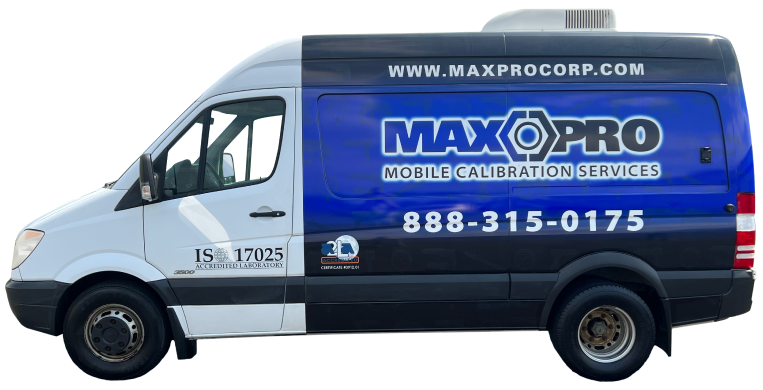 In 2007, an eight-lane bridge carrying Interstate 35 across the Mississippi River in Minnesota collapsed, killing 13 people and injuring another 145.
In 2007, an eight-lane bridge carrying Interstate 35 across the Mississippi River in Minnesota collapsed, killing 13 people and injuring another 145.
In the wake of this disaster, the American Association of State Highway and Transportation Officials (AASHTO) set out to see what quality control and quality assurance measures different states around the country used to design bridges and highways.
Here are some of the things the AASHTO learned when reviewing highway and bridge quality control best practices:
Common Practices
- An experienced staff and well-developed channels of communication. This meant offering training rotations for new staff members, and holding regular review meetings. These states also practiced good communication between consultants and in-house designers.
- The use of review and approval practices such as checklists, consultant grading, third-party consultant reviews and a risk based scale on how much review is needed.
The AASHTO study also found that successful states had:
- The support of upper management
- Performance measures that demonstrate that time spent on quality programs lead to cost savings and better roads/bridges
- These states also realize that quality plans don’t always mean quality design. Design needs to consider factors such as sustainability, constructability and public participation.
- A specific training on how to review plans
- Separate divisions or bureaus devoted to quality control
Part of making sure you adhere to bridge or highway quality control best practices is knowing you have the proper tools for the job.
Maxpro can make sure your torque tools function the right way, whether you’re working with pneumatic, hydraulic or electric torque wrenches, or any other torque tools.
Our state-of-the-art calibration lab can make sure your tools are working to the right specification. We also provide repair services, as well as tool rentals for shorter-term jobs. Bridge and highway work leaves no room for error. MaxPro can help you ensure your job gets down the right way.





